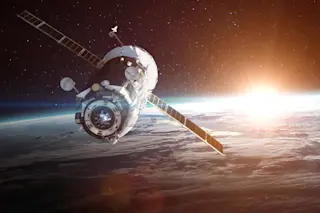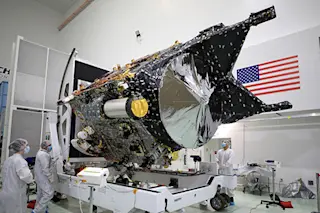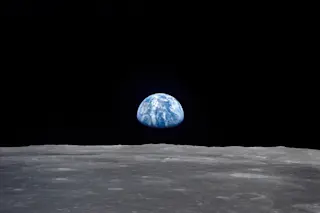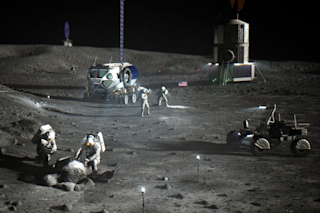Google has backed a venture to use satellites to bring high-speed Internet to three billion people in Africa and other developing markets around the equator. Today Google announced a partnership with cable operator Liberty Global and bank HSBC. Their partnership is called O3b Networks—
O3b stands for "other 3 billion," a reference to the world's population that still can't access the Internet [The New York Times].
The group announced an order for 16 satellites as the first stage in the $750 million project, which will provide cheap, fast Internet access to companies that sell internet service via mobile phones or wireless networks. The move is being greeted as a clever technological solution, a boon for the developing world, and a smart business move.
"Google has an interest in boosting the Internet all over the world to reach new masses," said [business analyst] Wim Zwanenburg.... "The growth market for Internet and ...













